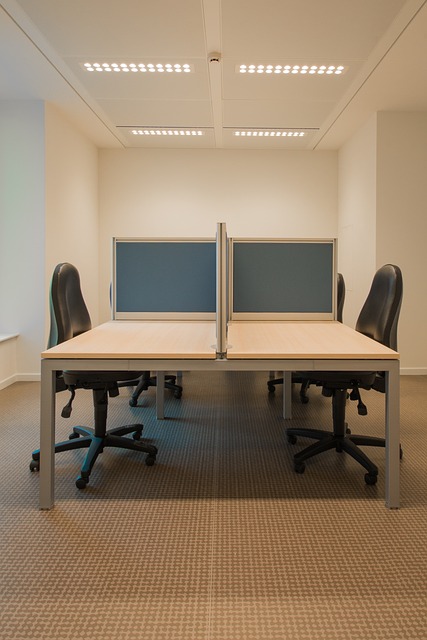In recent years, a notable shift has occurred in workplace preferences, with suburban offices gaining popularity as businesses and employees seek alternatives to urban centers due to rising costs and crowded spaces. This trend is driven by evolving real estate dynamics, changing employee expectations, and remote work trends. Suburban areas offer affordable real estate, flexible lease options, tranquil atmospheres, superior infrastructure, and improved quality of life, making them attractive for startups, SMEs, and companies aiming to boost productivity and attract top talent. To capitalize on this trend, real estate developers and investors should prioritize modern worker needs and implement smart building technologies for energy efficiency and cost reduction, fostering suburban offices as attractive office alternatives.
Suburban offices are making a dramatic comeback, challenging urban dominance in the workplace landscape. The shift towards suburban locations is driven by evolving employee preferences, offering a refreshing alternative to bustling city centers. This trend presents significant opportunities for real estate investors and developers alike, as businesses seek flexible, community-focused spaces.
In this article, we explore the revitalized appeal of suburban offices, highlighting their advantages in the modern market and providing insights for those looking to capitalize on this growing trend.
The Shifting Workplace Dynamics: Why Suburban Offices are Back in Style

In recent years, there’s been a noticeable shift in workplace preferences, with suburban offices witnessing a renewed interest from businesses and employees alike. This reversal of trends is largely driven by evolving real estate dynamics and changing employee expectations. As urban centers become increasingly crowded and expensive, many companies are exploring alternative locations for their headquarters and branch offices. Suburban areas offer a more affordable and accessible option, providing ample space for larger work environments while still maintaining a commuting distance from major cities.
Additionally, suburban offices cater to the desire for a more balanced lifestyle among employees. These locations often boast quieter surroundings, shorter commute times, and better access to local amenities, all of which contribute to improved employee satisfaction and productivity. This shift in workplace dynamics is reshaping real estate markets, with developers and investors recognizing the potential for sustainable business growth in suburban settings.
Unlocking the Potential: Advantages of Suburban Real Estate for Businesses

Suburban areas are increasingly becoming attractive destinations for businesses, offering a unique set of advantages that urban centers may lack. One of the key factors driving this trend is the availability of real estate at more affordable prices compared to metropolitan regions. With ample space and flexible lease options, suburban locations provide businesses with the opportunity to create tailored, cost-effective office environments. This is particularly appealing for startups and small to medium enterprises (SMEs) seeking to establish themselves without breaking the bank.
Additionally, suburban real estate often comes with the advantage of a quieter, more peaceful atmosphere, which can enhance productivity and employee satisfaction. These areas typically offer easier accessibility, better infrastructure, and a higher quality of life for residents, making them desirable locations for businesses aiming to attract and retain talent. The growing popularity of remote work has further fueled this trend, as companies explore alternatives to traditional urban offices, allowing employees to enjoy the benefits of suburban living while maintaining productivity.
Strategies for Embracing the Trend: A Guide for Property Developers and Investors

Suburban offices are seeing a resurgence in interest from businesses looking for more space, flexibility, and a better work-life balance. To embrace this trend, real estate developers and investors should focus on several key strategies. First, consider the unique needs of modern workers—including high-speed internet, collaborative spaces, and amenities that promote well-being. This shift towards more livable and sustainable environments can make suburban offices attractive alternatives to crowded urban centers.
Second, invest in smart building technologies to enhance efficiency and reduce operating costs. Incorporating energy-efficient designs, automated systems, and intelligent layouts can create appealing and cost-effective spaces for tenants. Additionally, partnering with local communities and businesses can foster a vibrant atmosphere that encourages employee retention and attracts new clients. By adopting these strategies, developers and investors can capitalize on the growing demand for suburban office spaces in the current real estate landscape.






